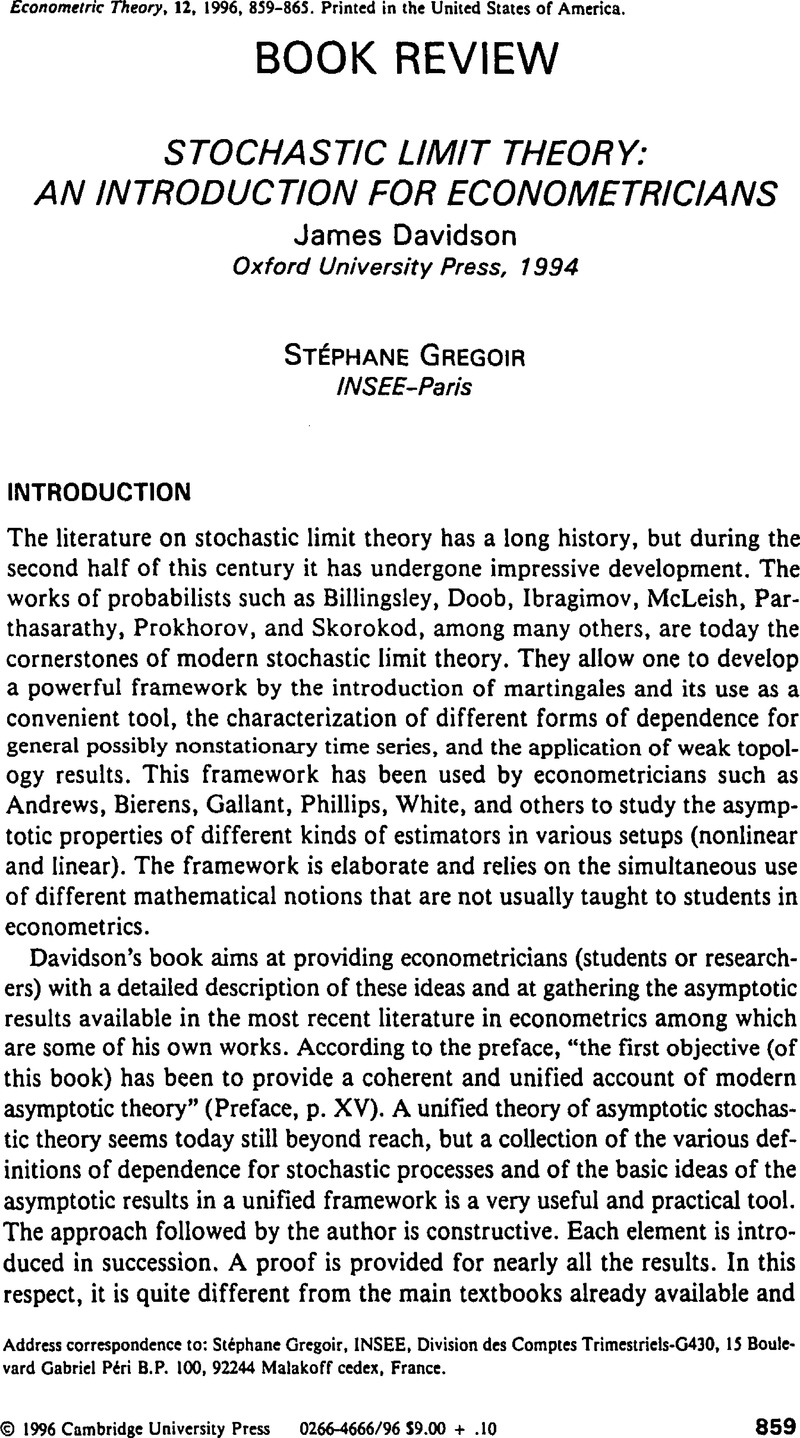Crossref Citations
This article has been cited by the following publications. This list is generated based on data provided by Crossref.
Boswijk, H.Peter
1998.
Book reviews.
Econometric Reviews,
Vol. 17,
Issue. 3,
p.
329.
Li, Shuai
Chen, Jienan
Gao, Wenzhe
Xiang, Wei
and
Gunawan, Erry
2024.
Energy-Efficient mmWave Transmission: Over-the-Air-Modulation (OTAM) System Using Moment Analysis Framework.
IEEE Transactions on Wireless Communications,
Vol. 23,
Issue. 10,
p.
14185.



